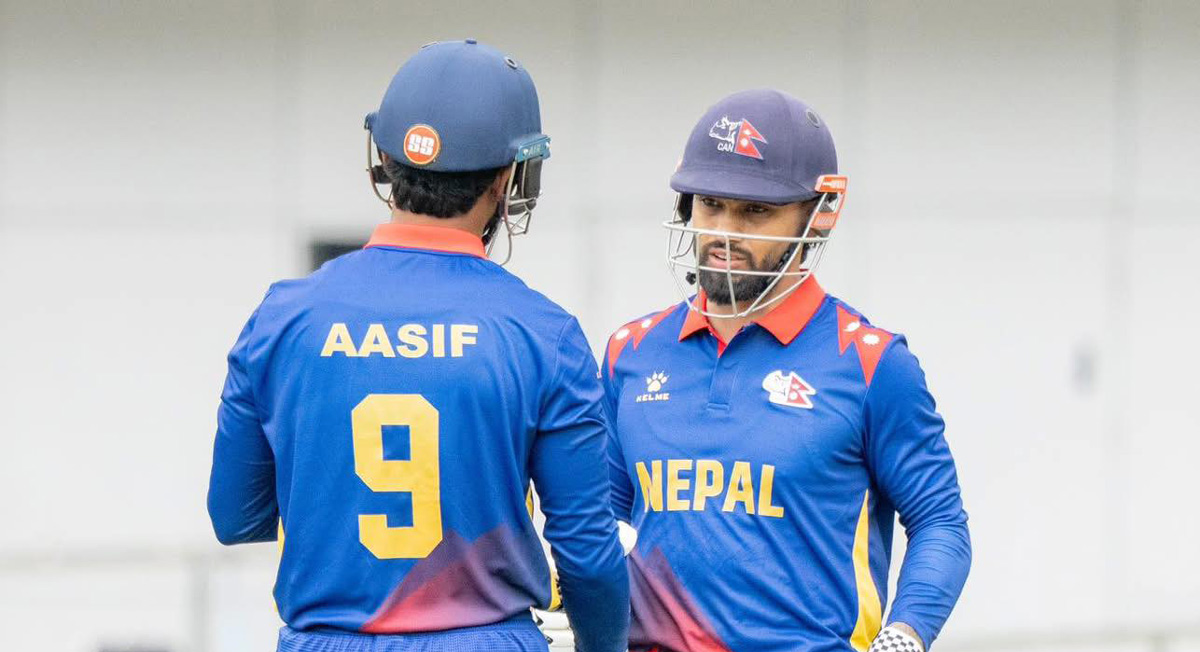“A doctor’s appointment would have created havoc in our monthly budget since he would have run ten different tests. We would, most probably, have had to cut back on some basic things like eggs, meat, or petrol for my scooter,” says Rai, a salesperson who works from ten in the morning to seven in the evening six days a week at a retail store in Mid-Baneshwor, Kathmandu.
In February 2021, the Nepal Medical Association (NMA) doubled doctor’s fees. It shot up to Rs 825 from Rs 450 per consultation. It’s likely to go up again. The NMA and the Association of Private Health Institutions of Nepal released a joint statement informing people about the increment due to inflation. According to the government’s rules, doctor’s fees can be revised every two years. Most people ApEx spoke to said going to the doctors is expensive. At most hospitals, they will order a battery of often unnecessary tests, sometimes even asking patients to repeat a few blood works for confirmation. People also say that as the prices go up, the quality of the service deteriorates. The wait is long, and doctors spend just a few minutes with each patient, sometimes even openly discussing their case in front of other patients. A reputed hospital in Thapathali, Kathmandu, is notorious for sending people inside the doctor’s office in droves. Though this violates the medical code of ethics, doctors can be seen talking to and examining patient number one while patient number two waits for his turn on the bench right behind him and another lurks by the door, ready to step in as soon as patient number one gets up from the stool. Sanjit Chaudhary, pharmacist at Alka Hospital Pharmacy in Jawalakhel, Lalitpur, says people seem to rely on over-the-counter medication rather than visiting a doctor. Sometimes, the condition worsens and they are left with no option but to spend thousands on treatment. This, he says, wouldn’t be the case if healthcare was affordable and people didn’t have to shell our hundreds of rupees for a two-minute chat with a doctor. “People tend to adopt a wait and watch approach when they are ill. If their condition worsens, they spend a few more days trying out different over-the-counter medications. There is this hesitation to go see a doctor right away,” says Chaudhary. This, people ApEx spoke to at a few hospitals in Thapathali, Kathmandu, and Jawalakhel, Lalitpur say, is because of how expensive a hospital visit is as well as the fact that the testing process before the actual treatment is tedious. Despite how expensive private hospitals are, they lack proper facilities. You are made to go from one building to another and the queue is long. Everywhere you go, you are told to wait. “You don’t want to come to a hospital unless you absolutely have to,” says a 62-year-old resident of Kupondole who was at a hospital in Thapathali, Kathmandu, for his annual checkup. He confessed he wouldn’t have come if his son and daughter in-law hadn’t been after him. He, on the condition of anonymity, says he has been coming to the hospital for five years and while it has always been expensive, it’s even more ridiculous now. “Worse, the hospital charged around Rs 700 extra during the Covid-19 pandemic. Apparently, it was for all the precautionary measures they were taking,” he says. Hospital and physician prices are often extremely high and vary across institutions. These arbitrary high prices are a major driver of the increasingly unaffordable health care costs. For example, a Vitamin D blood test costs Rs 4,500 at a hospital in Jawalakhel, Lalitpur, while the same costs Rs 2,700 at a reputed lab a two-minute walk away from it. Forty-two-year-old Goma Raut, who has been running a retail store in Battisputali, Kathmandu, for the past eight years, says everything is expensive and healthcare even more so. “If we fall ill, we have no option but to surrender to our fates,” she says. Raut laments that the government only takes from its people and doesn’t provide anything in return. “There are rules we must follow and taxes that we must pay while the government does as it pleases,” she says. “Is it even monitoring how private hospitals are run?” Renuka Thapa, 49, who works as a maid, took up two additional jobs after her husband’s death due to Covid. This means she has to work at five different homes every day. She doesn’t have a single day off. Though she has managed to pay off the loans she took to foot her husband’s medical bills, she has no savings. The money she makes is spent on rent and food. She struggles to pay her children’s school fees. Her eldest son has asthma and she worries about what she will do if he falls ill and she has to take him to the hospital. “I can’t afford healthcare on top of all our daily expenses. It’s way too costly,” she says, adding most doctors don’t even attend to their patients properly. Government-run hospitals are poorly managed and private hospitals seem to bill you for the air you breathe while you are there, she adds. An ophthalmologist who has been practicing for over 40 years refused to hike his fees when it went up from Rs 450 to Rs 850 in 2021. Many of his patients wouldn’t be able to spend an additional Rs 500 per visit, he said. Six months ago, he started charging Rs 650 but he says that is as high as he will ever go, even when he spends at least 10 minutes with a patient. But not all medical practitioners think that way and that’s perhaps where the problem lies.











